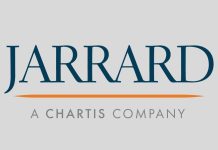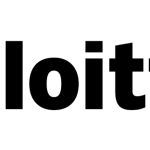While many industries are in dire need of a transformative IT lifeline, healthcare systems deserve the full attention of service providers. Between the massive patient data influx brought on by COVID-19 and an upcoming compliance deadline for new interoperability and information blocking rules from the Office of the National Coordinator for Health
Record-breaking hospitalization and ongoing treatment metrics associated with COVID certainly pump up the numbers. The monumental undertaking of vaccination scheduling, along with dose tracking and allocation, has been a persistent stress test on existing systems. Those watching closely say that improvements in data aggregation technology are imperative, notwithstanding global pandemics. Further, the seamless, openly communicative systems populating an ideal healthcare IT environment will remain out of reach until desire for interoperability permeates the MSP market.
The Department of Health and Human Services is responsible for enforcing the ONC’s rules, which place special regulations on top-down information sharing practices. They also guarantee patients total access to their health information and physician notes, in addition to setting standard requirements for APIs. The long reach of this rule set will affect the practices of providers and the strategies of EHR vendors. Both are best served by seeking expert guidance in managed services that can handle such a specific overhaul.
Health information exchanges (HIEs) have already eclipsed EHR technology in this context. They play a unique role in patient data exchange facilitation, functioning as a regular business associate covered by HIPAA to mitigate privacy risks. Executive Director for HealtHIE Nevada, Michael Gagnon said, “You come to us [the HIE], and we ensure that the data gets exposed to a particular app, but under conditions where it's still protected as a business associate. I would create agreements with those organizations to make sure that patient data doesn't become freely available to everybody. It becomes used for the purpose it was intended for the patient's needs.”
HIEs also have the capability to embed native ADT notifications. Providers have noticed that older-skewing and chronic-condition patient bases are HIE-heavy, indicating the high value of interoperability for certain patient populations.
The day-to-day experiences of providers must be taken into consideration if health IT technology is to make significant strides in this area. The regulatory side of health data management has to keep on pace with technological innovation. The onus is on governments worldwide to use provider incentives, health IT certifications, and more policy regulations fostering data protection to reshape healthcare landscapes with interoperability.
























